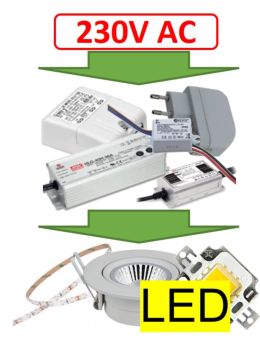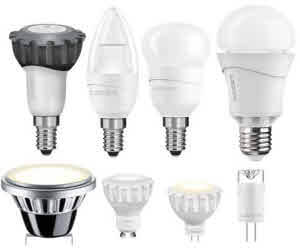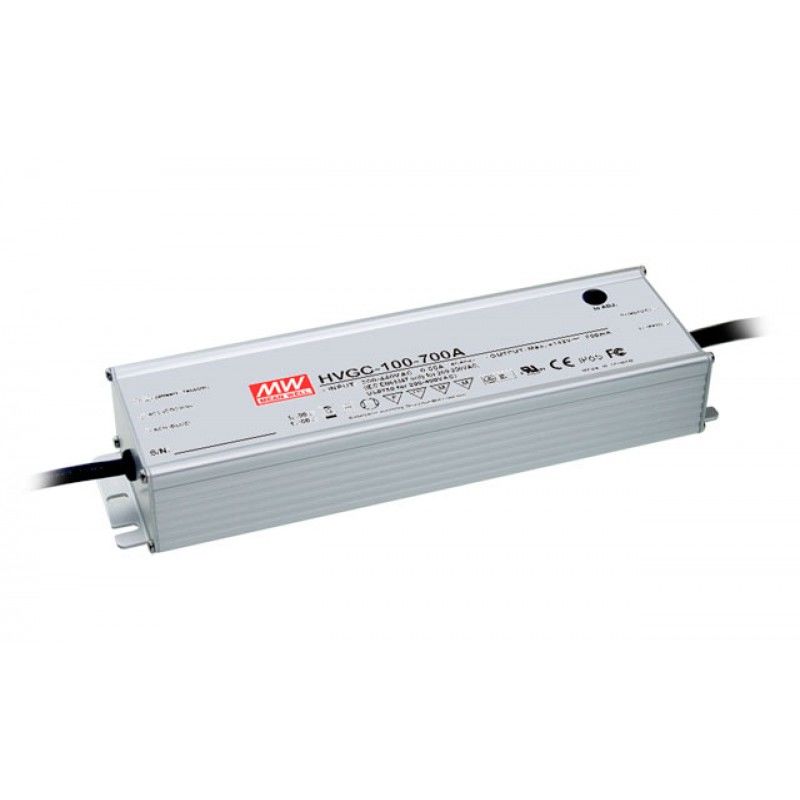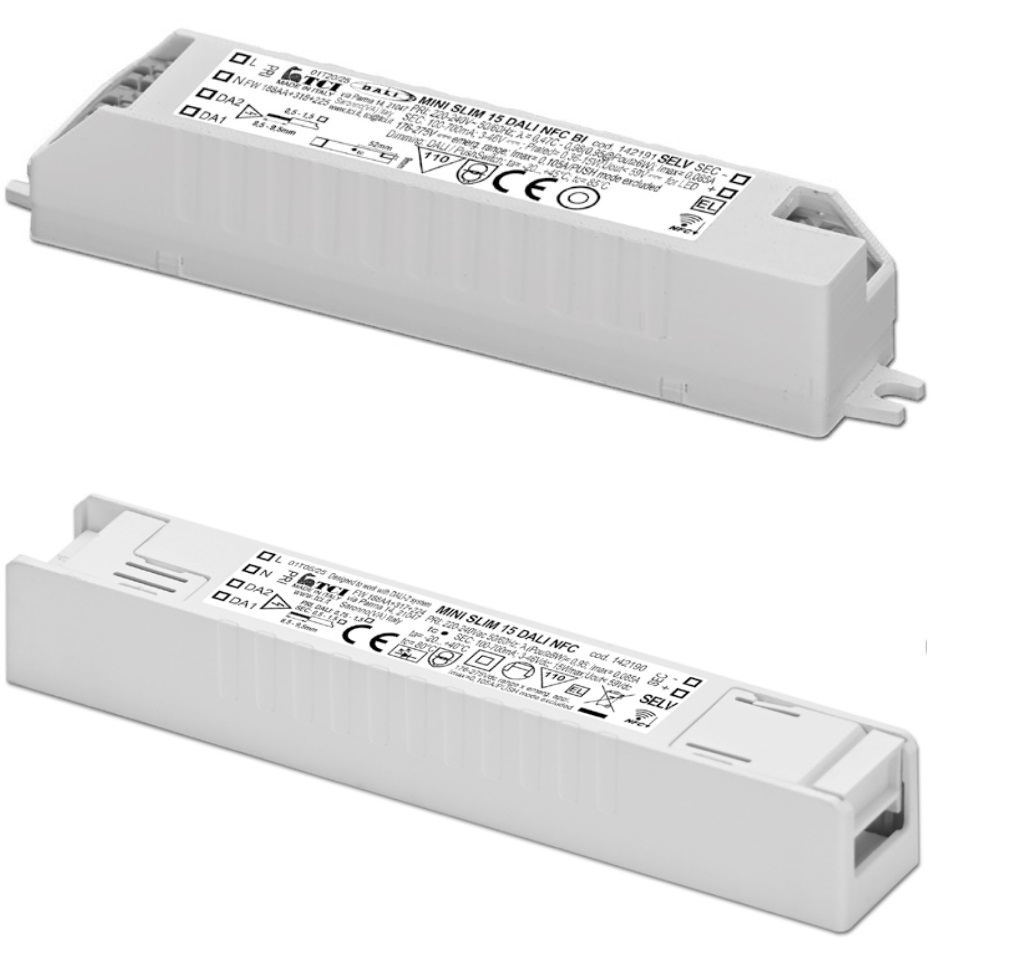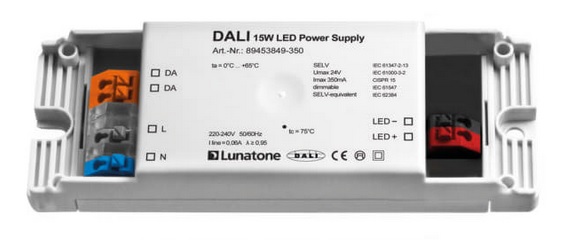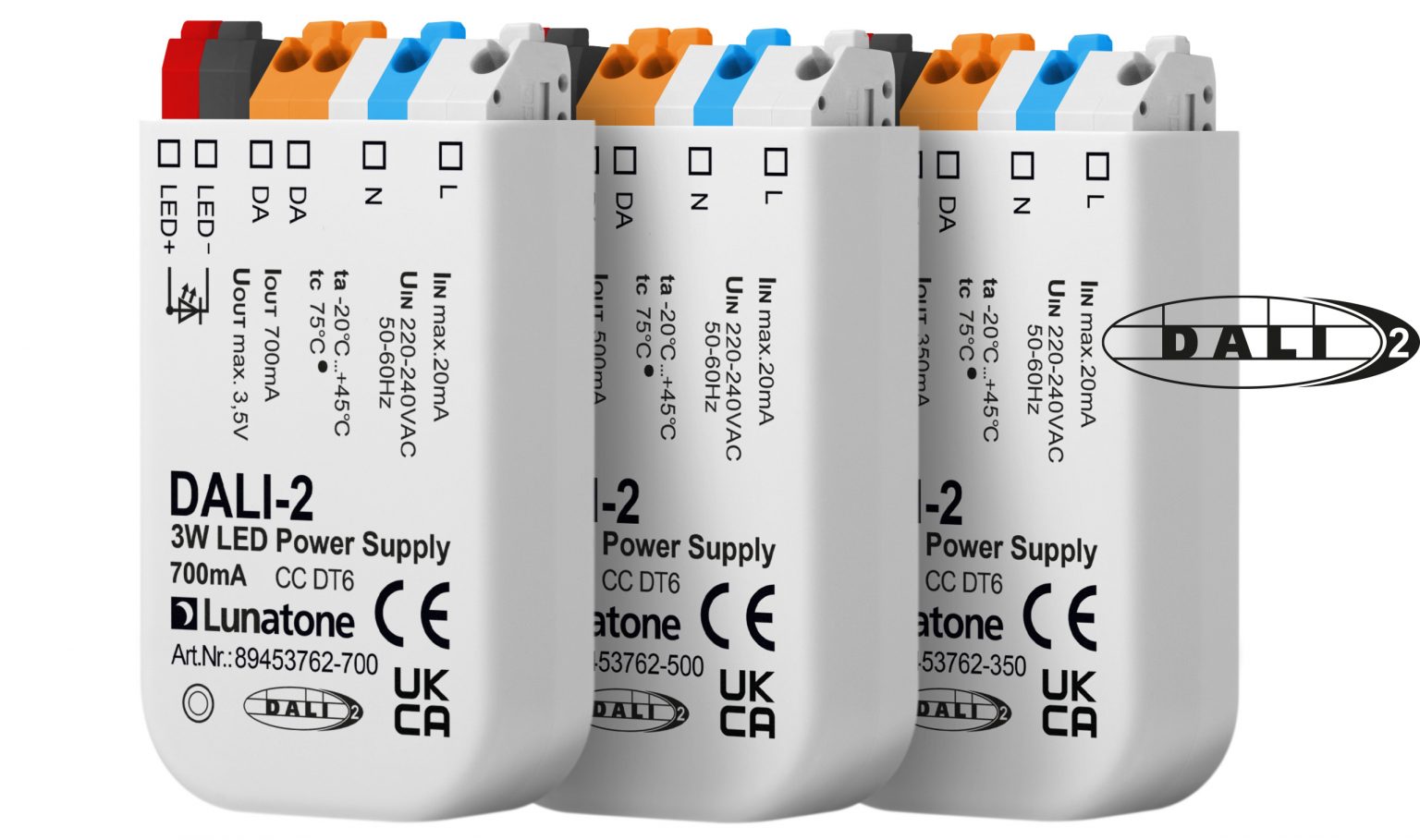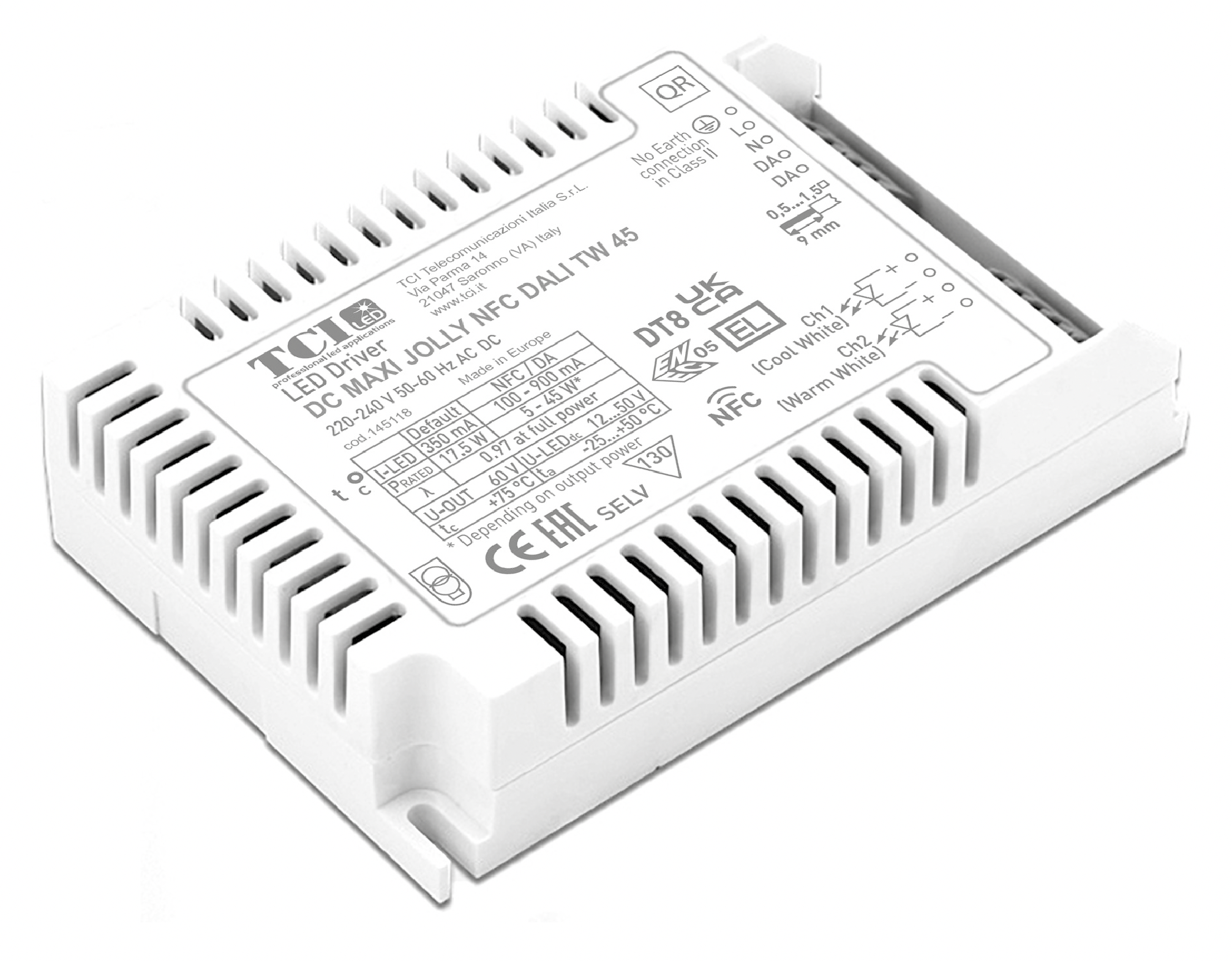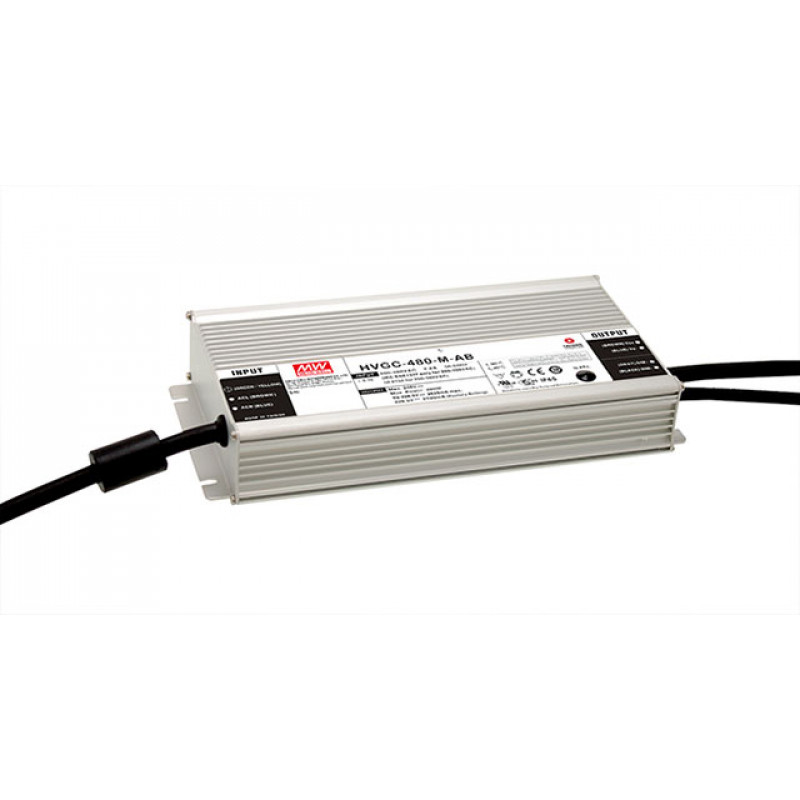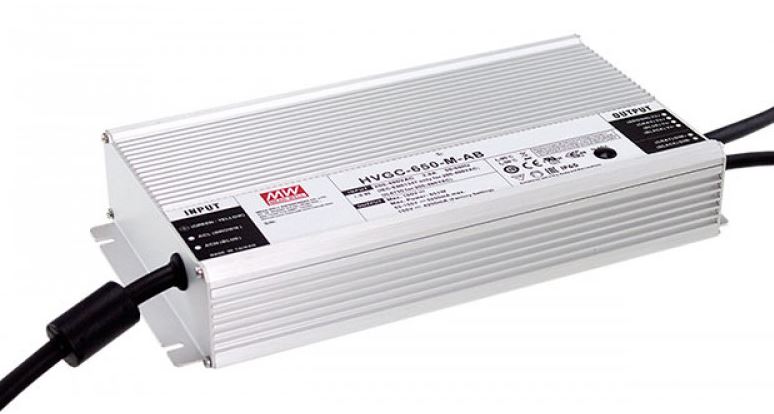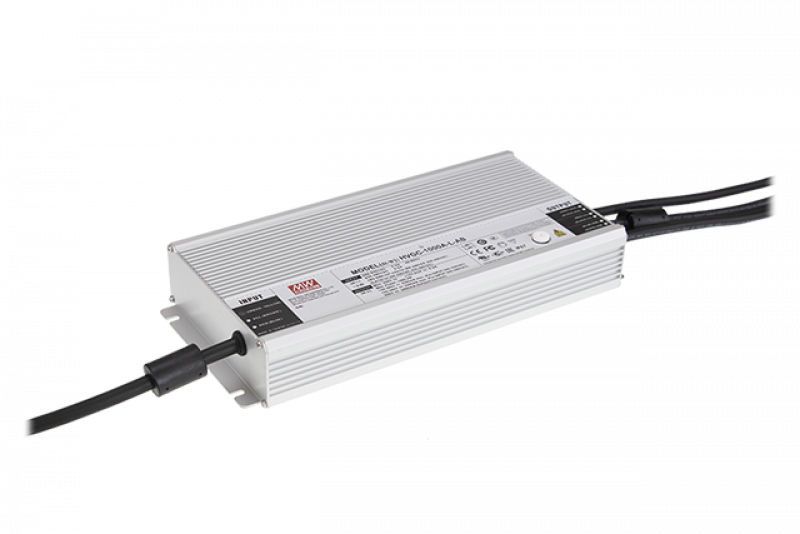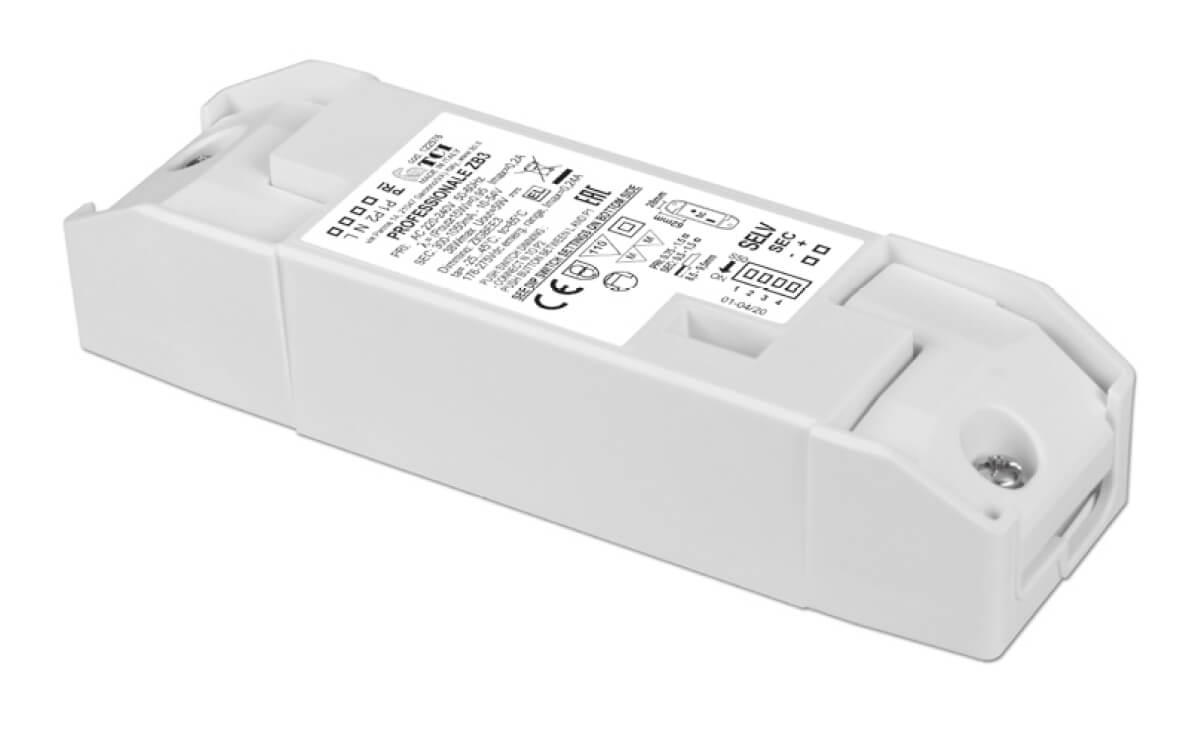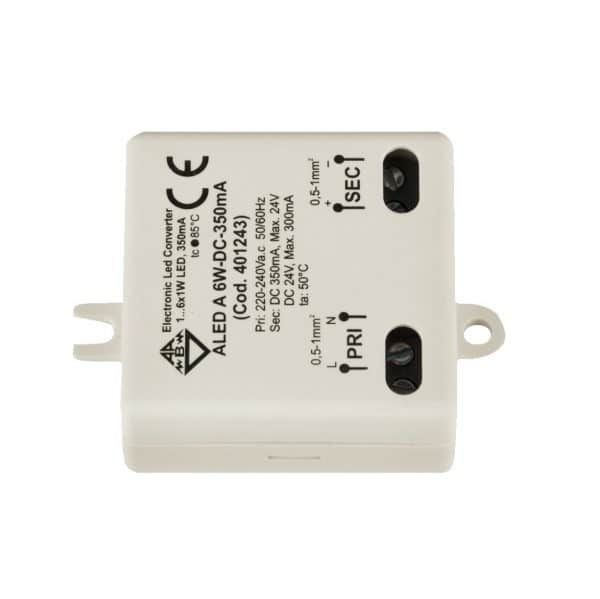We are often asked by customers:
"Constant current source/drivers or constant voltage supply? Where is the difference?"
Up to now, one had always orientated oneself by the voltage. 12V or 24V DC voltage. This is known from e.g. (car) batteries and more. The then flowing current depends on two factors:
a) the consumer, respectively its ohmic resistance and is calculated according to current = voltage divided by resistance (I = U / R)
b) the maximum power of the power supply. e.g. a 48W power supply can deliver a maximum current of 2A at 24V. Current = power divided by voltage (I = P / U)
Modern power supplies regulate the output voltage down in case of overload as soon as the maximum current has been reached.
Constant current drivers due to LED characteristic curve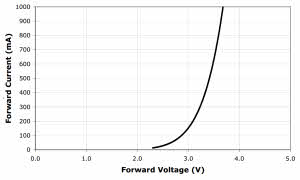
This current dependence on the voltage works well with linear ohmic loads. In other words, the resistance hardly changes.
LEDs, on the other hand, have a completely different behavior. Their characteristic curve already causes large current changes with small voltage fluctuations. See sketch on the right.
Even if it is possible to keep the voltage exactly constant at e.g. 3.3V to get a diode current of about 350mA, the operation is not stable. The characteristic curve changes constantly depending on operating temperature and ageing and scatters from diode to diode. Safe operation is not possible and thermal destruction is quickly possible with small fluctuations.
For this reason, constant current sources, so-called LED drivers, are used. These drive a defined and thus constant current through the LEDs. The voltage measured at the LED is allowed to fluctuate. Reliable operation of LEDs is thus ensured by these constant current sources, also called constant current drivers.
You can think of a constant current source as a constant voltage source driven to the maximum current limit.
Common current ratings for LEDs are:
- Old-fashioned LED from the tinker's box: approx. 10mA (mostly realized by a series resistor).
- Low power LEDs are around 100mA
- Power LEDs with sufficient cooling started with 350mA and now also work with currents of 1A or more.
- Popular are LED arrays or even COB, which operate with constant current sources of over 1 amp.
Watch out. There are LED light sources, such as GU5.3 (MR16 LED spotlight) or LED module, which already has an integrated constant current source. These are operated conventionally with constant AC or DC voltage (usually 12 AC).
Alternative names for constant voltage sources are LED driver CC (Constant Current). Correspondingly also often the designation constant current driver.
Links to further information about constant current sources are listed here:

